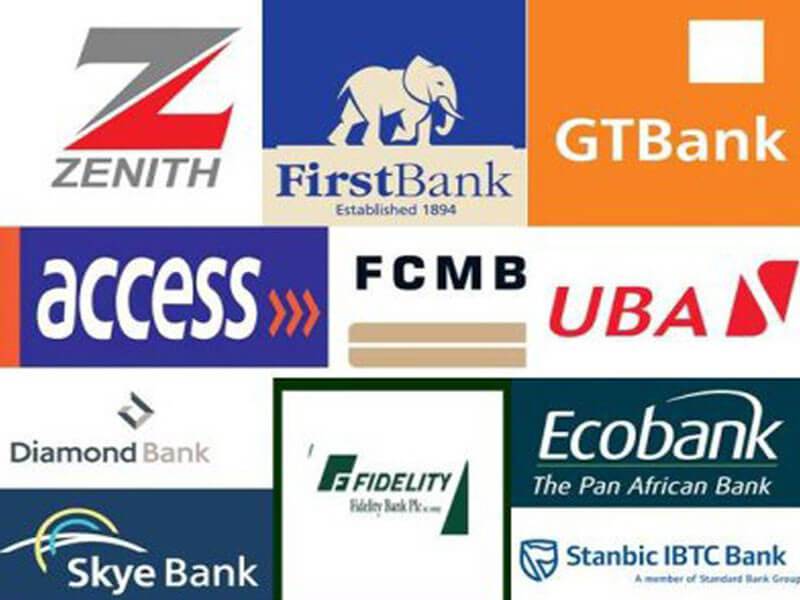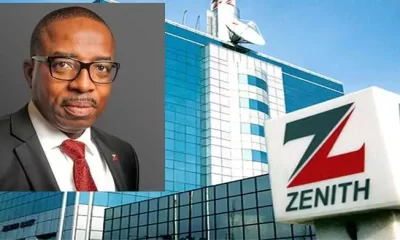Five Nigeria’s biggest banks, GTBank, Access Bank, Zenith Bank, United Bank of Africa and First Bank gave loans worth N9.34 trillion to their customers in the first half of 2019, National Daily has gathered.
Access Bank Plc topped the pack with net loan and advances increased from N2.14 trillion as at the end of December 2018 to N2.85 trillion by June 2019, an increase of 33%.
The oil and gas sector comprising services, upstream, downstream and refinery got the largest chunk with about 29.6% of the total loan while food manufacturing got the lowest of 2.8%.
Zenith Bank Plc came second with loans and advances dropping from N1.82 trillion in December 2018 to N1.80 trillion by June 2019, a drop of 1.09%.
According to data released by the bank, the oil and gas sector got N541.9bn while education got the lowest of N4.3bn.
For UBA Plc, its loans and advances increased from N1.73 trillion in 2018 full year to N1.77 trillion 2019 half year, by 2.2%. Like all others, the oil and gas sector got the largest percentage in the loan distribution with 21% while the agriculture and real and estate construction sector got 3% apiece.
Nigerian oldest financial institution, First Bank of Nigeria (FBN) loan also dropped from N1.72 trillion to N1.59 trillion within the same period.
Oil and gas also accounted for 34.8% of the N1.59 trillion while general commerce only got 4.0%.
Guaranty Trust Bank Plc increased its loan and advance by 0.79%, from N1.26 trillion to N1.27 trillion within same period. Oil and Gas (upstream, midstream, downstream) – 44%, while education got the lowest of 1%.
According to a Central Bank of Nigeria report, the increased availability of secured credit to households in Q3 2019 came as a result of increased market share and high-risk appetite of lenders.
Essentially, the high-risk appetite of lenders means lenders are willing to take high chances when lending to households.
Meanwhile, the CBN report showed that secured loans to households are expected to increase in the fourth quarter of 2019. According to the CBN, this will be due to improving liquidity position and higher risk appetite of lenders.
While there was an increase in both unsecured and secured lending to households, lenders recorded lower losses given by default from households lending in Q3 2019 and this is expected to further improve in Q4 2019.
A quick look at the trend of unsecured credit to households over Q1 to Q3 2019 showed that despite the fluctuations in trend of approved loan applications, the availability of unsecured credit to households improved.

 Latest6 days ago
Latest6 days ago
 News5 days ago
News5 days ago
 Latest1 week ago
Latest1 week ago
 Business5 days ago
Business5 days ago
 Comments and Issues1 week ago
Comments and Issues1 week ago
 Latest1 day ago
Latest1 day ago
 Comments and Issues6 days ago
Comments and Issues6 days ago
 Latest3 days ago
Latest3 days ago













